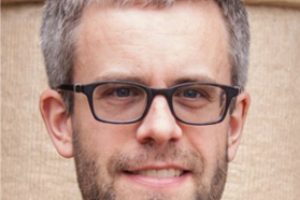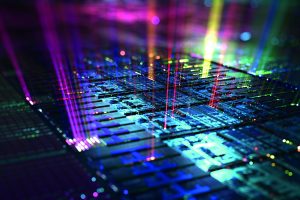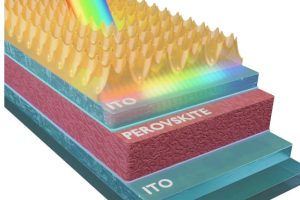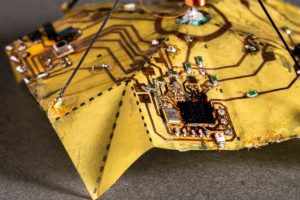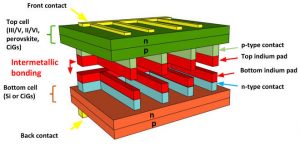
“We want to create high efficiency solar cells at a reasonable cost,” said engineering professor Salah Bedair. “Silicon-based thin solar cells are very popular because the material has around 20% efficiency and the cells cost about 1/10th what a multi-junction solar cell costs. If we could create stacked solar cells using existing technology we would be well on our way to reaching our goal.”
Multi-junction solar cells can be more efficient that single junction cells as each junction can be optimised to absorb a different part of the incident spectrum – but only if the materials away from the junctions behave well together.
“You cannot merely stack different solar cells on top of each other – the different materials are incompatible and so charges cannot pass through them to be collected,” according to the university. “To solve that problem in current multi-junction solar cells, heavily doped metals are used to create a tunnel junction between the various layers – adding significant complexity to the multi-junction solar cell’s creation.”
Bedair and colleagues turned to intermetallic bonding – demonstrating the technique by joining separate off-the-shelf gallium arsenide and silicon solar cells.
“In multi-junction solar cells, the tunnel junction enables electric connectivity by acting as a metal-to-metal connection,” said Bedair. “In our system, indium serves as a shortcut. The existing metal contacts of the individual cells are covered with indium films. The indium films bond to themselves easily at room temperature under low pressure. The result is a solar cell made of two different materials that is mechanically stacked and electrically connected.”
The paper “A new approach for multi-junction solar cells from off-the-shelf individual cells: GaAs/Si” described the work at the IEEE Photostatic Specialist Meeting in Chicago.
 Electronics Weekly Electronics Design & Components Tech News
Electronics Weekly Electronics Design & Components Tech News
